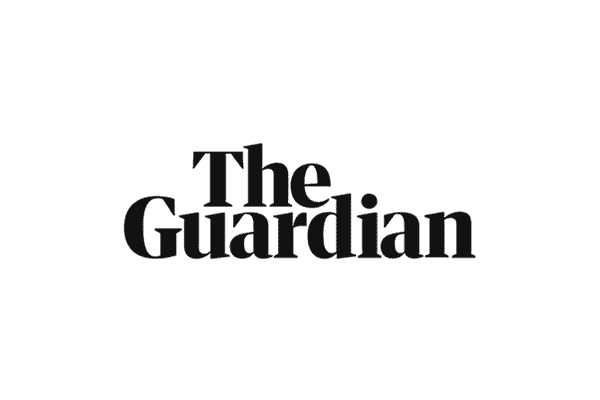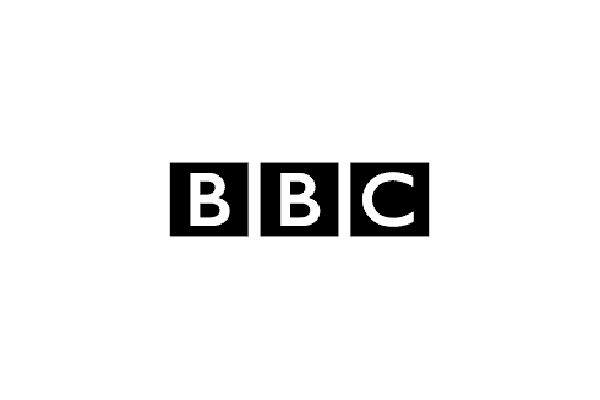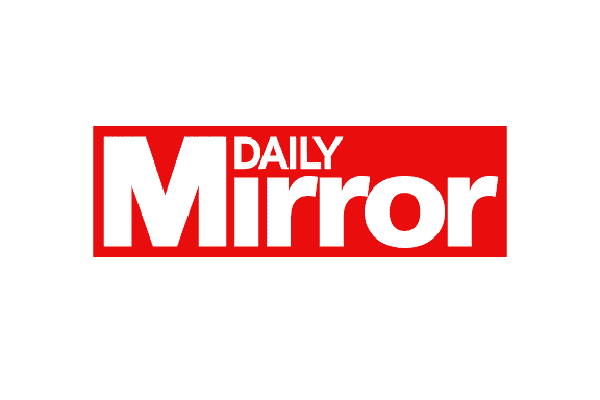Shared ownership properties are bought from housing associations, local councils, and other organisations. They are arranged by local Help to Buy agents.
The government recently made changes to the scheme to make it more affordable. Under the new model, buyers can start from as little as 10% ownership, whereas previously, you had to buy at least 25%.
You need a deposit and a lender who offers shared ownership mortgages. The minimum deposit required is usually 5% of the share you want to buy.
You need to pay rent on the remaining share, but this is set lower than market rates. The maximum you can be charged is 3% of the unsold share but some landlords charge less.
At the end of the mortgage, you would own your percentage share of the property outright (between 10 to 75%), and the housing association, council or landlord would own the rest.
You can choose to buy more shares of your home by “staircasing”. Every time you buy an extra chunk, your monthly rent will drop accordingly. You must buy any new shares at the current market rate, not the value when you first purchased the home.
New shared owners can buy additional shares in 1% increments for up to 15 years, with heavily reduced fees. It is possible to buy more of your home in larger increments, for instance in chunks of 10%, 15% and so on.
You’ll also need to factor in other fees before you buy. Housing associations recommend that you have between £3,000 and £5,000 available to cover all the costs of moving, which includes the surveys, solicitors and broker costs.
















